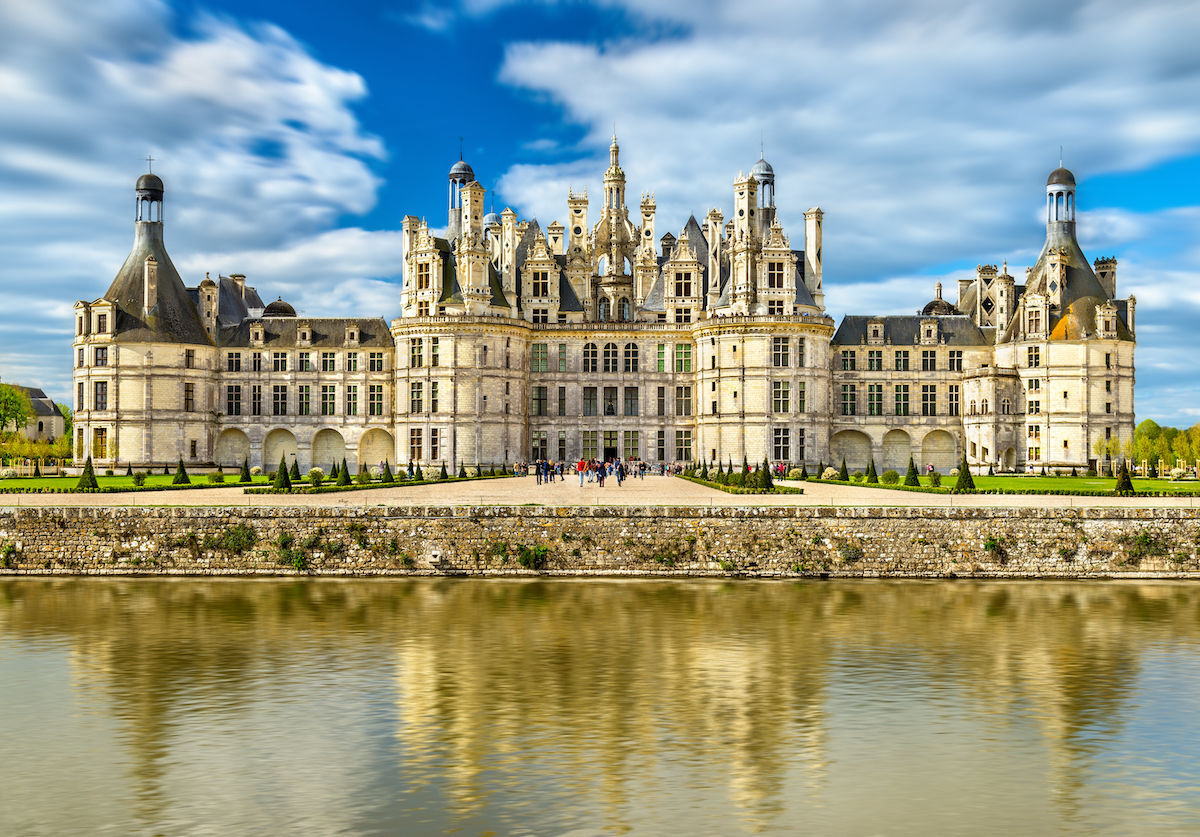
Imagine stepping into a world where history whispers from every corner, where elegance meets grandeur in a dance as timeless as the stories embedded within its walls. French châteaux are not just homes; they are a vivid testament to France's rich cultural tapestry, spanning centuries of architectural innovation, political intrigue, and artistic expression. From the Loire Valley's majestic Renaissance castles to the fortified medieval strongholds dotting the countryside, each château tells a unique story of power, beauty, and transformation. French châteaux captivate with their diverse architectural styles, intricate gardens, and the fascinating tales of those who walked their halls. Whether you're a history buff, architecture enthusiast, or simply in search of beauty, these magnificent structures offer a glimpse into a world where luxury and legend intertwine.
What is a French Château?
A French Château is more than just a "castle" in the English sense. It's a grand residence or estate, often surrounded by vineyards or gardens, and steeped in history. These magnificent structures dot the landscape of France, each telling its own unique story.
-
Historically, châteaux were defensive fortresses built during the Middle Ages. Over time, they evolved into luxurious residences for nobility and royalty.
-
Many châteaux are architectural masterpieces, showcasing styles from medieval fortifications to Renaissance elegance and Baroque grandeur.
Famous French Châteaux
France is home to some of the world's most famous and breathtaking châteaux, each with its own allure.
-
Château de Chambord is one of the most recognizable châteaux in the world, known for its distinctive French Renaissance architecture and the double helix staircase, rumored to have been designed by Leonardo da Vinci.
-
Château de Versailles, once the epicenter of French royal power, is renowned for its opulent rooms, stunning gardens, and the Hall of Mirrors.
-
The Château de Chenonceau spans the River Cher and is notable for its beautiful gardens, fine art collection, and history of being influenced by a series of powerful women.
The Role of Châteaux in French Culture
Châteaux play a significant role in French culture, symbolizing the country's rich history and architectural heritage.
-
They are popular tourist attractions, drawing millions of visitors each year who come to marvel at their beauty and delve into their past.
-
Many châteaux are venues for weddings, events, and wine tastings, offering a glimpse into the luxurious French lifestyle.
-
Some châteaux have been transformed into hotels or bed and breakfasts, providing guests with a unique opportunity to live like French royalty, even if just for a night.
The Vineyards of French Châteaux
Wine production is an integral part of many châteaux, with some of the world's most esteemed wines being produced in their vineyards.
-
The Bordeaux region is famed for its châteaux that produce high-quality red wines, such as Château Margaux and Château Latour.
-
In the Loire Valley, châteaux vineyards are known for their white wines, including Chenin Blanc and Sauvignon Blanc.
-
Wine tours and tastings at these châteaux offer insights into the winemaking process and the chance to sample exquisite wines.
Preservation and Restoration
Maintaining these historic estates is no small feat, requiring significant resources for preservation and restoration.
-
Many châteaux are listed as UNESCO World Heritage Sites, recognizing their cultural and historical importance and ensuring their protection.
-
Restoration efforts often involve skilled artisans and craftsmen who specialize in traditional techniques, ensuring that renovations remain true to the château's original design.
-
Funding for these projects comes from various sources, including government grants, private donations, and revenue generated from tourism.
The Future of French Châteaux
As we look to the future, the role and relevance of French châteaux in modern society continue to evolve.
-
Environmental sustainability has become a priority, with many estates implementing eco-friendly practices in vineyard management and building maintenance.
-
New technologies are being used to enhance the visitor experience, including virtual reality tours and interactive exhibits.
-
Despite the challenges of modernization and maintenance, these historic estates remain a beloved part of France's heritage, cherished by both locals and visitors from around the world.
-
Efforts to preserve them for future generations are ongoing, ensuring that the legacy of French châteaux will endure for centuries to come.
-
The fascination with French châteaux extends beyond their architectural beauty, encompassing their history, culture, and the stories of those who lived there.
-
As symbols of France's past grandeur and present-day charm, châteaux continue to captivate imaginations and inspire dreams of a bygone era.
-
Whether through their contribution to the arts, their role in the history of France, or their ongoing influence on wine culture, French châteaux stand as enduring monuments to human creativity and the pursuit of beauty.
A Final Stroll Through French Châteaux
We've journeyed through the grandeur and history of French châteaux, uncovering 21 fascinating facts that paint a vivid picture of their architectural beauty, cultural significance, and historical depth. From their origins in the Middle Ages as fortresses to their evolution into lavish residences, these châteaux stand as testaments to France's rich past. They're not just buildings; they're storytellers, each holding tales of intrigue, romance, and power. Whether it's the Renaissance influence seen in Château de Chambord or the haunting beauty of Château de Brissac, known as the tallest in France, these majestic structures continue to captivate and inspire. So next time you find yourself wandering through the Loire Valley or any corner of France dotted with these magnificent châteaux, remember, you're stepping into pages of history brought to life.
Was this page helpful?
Our commitment to delivering trustworthy and engaging content is at the heart of what we do. Each fact on our site is contributed by real users like you, bringing a wealth of diverse insights and information. To ensure the highest standards of accuracy and reliability, our dedicated editors meticulously review each submission. This process guarantees that the facts we share are not only fascinating but also credible. Trust in our commitment to quality and authenticity as you explore and learn with us.


